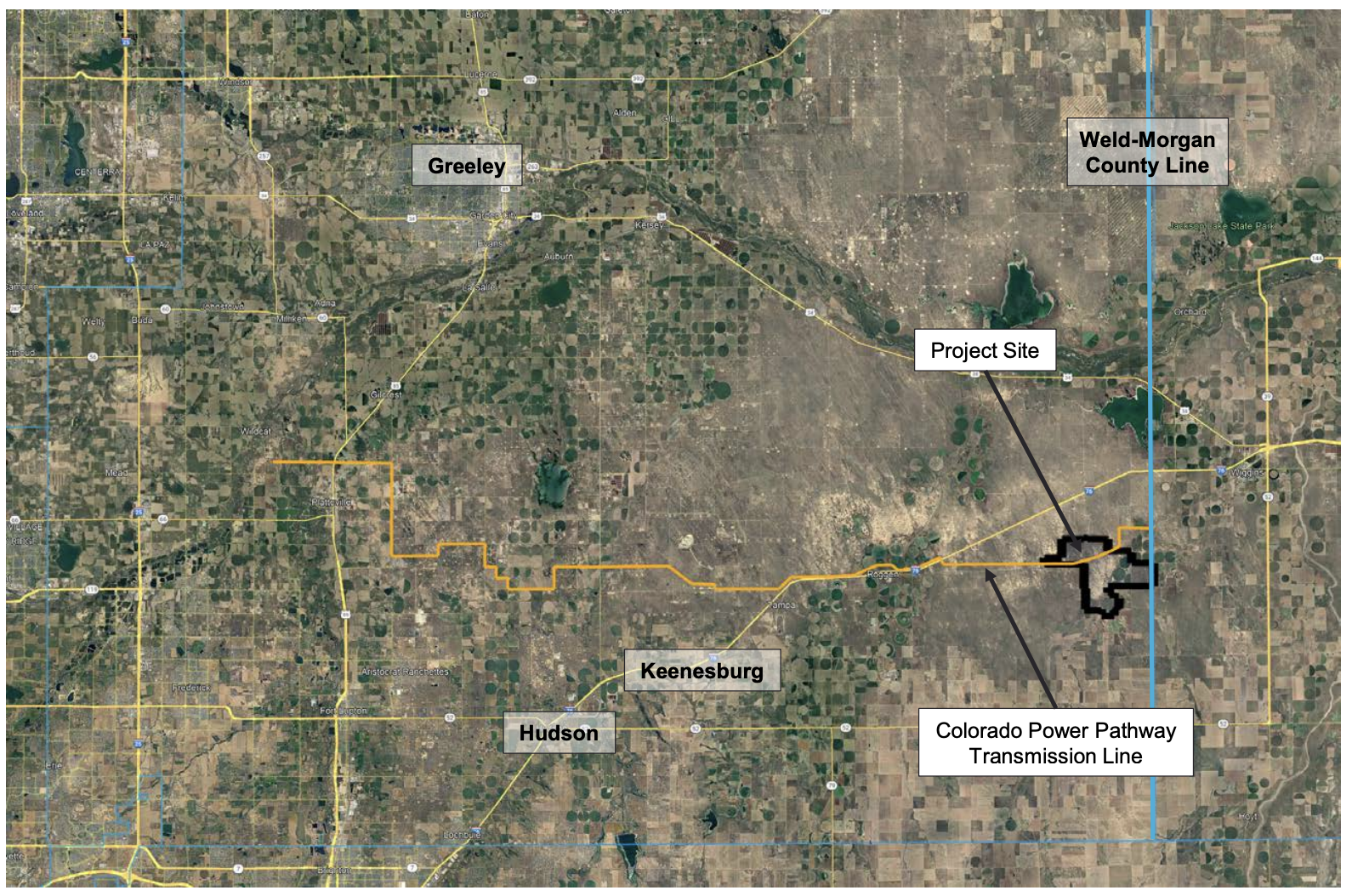Battle lines drawn as fracking heads back to ballot
The Colorado Supreme Court in early May decided that local governments don’t have the authority to ban hydraulic fracturing within their city limits, but that has not put a damper on the opposition’s determination to stop fracking in its tracks, especially close to homes and schools.
Fort Collins, Longmont, Boulder, Broomfield and Lafayette imposed fracking restrictions within their city limits. The Colorado Oil and Gas Association sued Longmont and Fort Collins over their fracking restrictions, saying that state government rules trump local control. The Supreme Court’s decisions in the Fort Collins and Longmont cases will apply to the other Colorado cities that have imposed bans.
“State law was pretty clear at the time,” said Dan Haley, president and chief executive of COGA. “Local governments didn’t have the ability to do long-term bans, which is why COGA sued in all those communities. The lawsuit is always our last resort, our last choice. We’d rather roll up our sleeves and get in those communities. It’s about how best to get those resources.”
Longmont voters banned fracking in 2012, while Fort Collins placed a five-year moratorium on fracking in 2013.
Tricia Olson, executive director for Coloradans Resisting Extreme Energy Development, said that in light of the Colorado Supreme Court decision, her organization’s “Yes for Health and Safety Over Fracking” committee will focus its energy on getting two initiatives on the November ballot: one that would give local governments control over oil and gas development and another that would establish mandatory buffer zones of 2,500 feet around every home, hospital and school and sensitive areas such as playgrounds and drinking-water sources.
“The Supreme Court decision declared that the status quo holds,” she said. “Local governments have very little power over what happens in their communities. They are told that some of the memorandums of understanding they sign are unenforceable, so the local-control initiative gives them authority to do a wide range of things.”
The initiative wouldn’t force communities to take control of oil and gas development in their community.
“We don’t anticipate every community would do that, but it would give them a lot more power, the ability to manage things from their perspective,” Olson said. “We know that local zoning doesn’t apply in the case of oil and gas, so this would give them local zoning ability.”
Haley said this initiative would “reverse the Supreme Court ruling of a few weeks ago. It would give local governments the ability to outright ban oil and gas development. They could also impose rules that supersede state rules. According to existing law, the state has primacy over oil and gas resolutions.”
Haley said it would create a patchwork of regulations across the state that would be harmful to the oil and gas industry. Local governments would have to add staff members and increase local taxes to pay for it and be forced to open mini regulating offices in every city.
The initiative that would create a 2,500-foot setback around sensitive areas is based on health studies, Olson said.
“They can drill from two miles away,” she said. “In some areas, I think it is a matter of health, safety and welfare, and setbacks are a normal legal thing. We have setbacks now; this just enlarges them for health, safety and welfare.”
Haley said the setback idea seems like a good idea on the surface, but when one looks at which areas the initiative is trying to protect, it basically would ban fracking everywhere. Currently, there are 500-foot setbacks around homes and 1,000-foot setbacks around schools and hospitals. This initiative, if passed, would impact surface owners’ rights just as much as mineral owners’ rights, Haley said.
Instead of being able to place a well on the edge of an agricultural field, the setback could, in some cases, place a well smack dab in the middle of a field and the farmer would get no say in its location.
“It doesn’t allow the farmer to say no,” said Doug Flanders, director of policy and external affairs for COGA. It takes away a farmer’s right to use his private property as he wishes, he said, and it takes away mineral rights from their owners because they can’t actually develop the oil and gas right there.
The Colorado Oil & Gas Conservation Commission released a report at the end of May that showed what impact the 2,500-foot setback would have on oil and gas development. In Colorado, it said, 90 percent of the surface acreage would be unavailable for future oil and gas development or hydraulic fracturing; 85 percent of the surface acreage in Weld County would be unavailable for development and, in the state’s top five oil and gas producing counties — Weld, Garfield, La Plata, Rio Blanco and Las Animas — 95 percent of the total surface area would be unavailable for new oil and gas development.
COGCC used data about occupied structures and areas of special concern, such as drinking-water sources, lakes, rivers, perennial or intermittent streams, creeks and irrigation canals, to come up with a map that showed what areas would be available for drilling once the 2,500-foot setback was taken into consideration.
The Yes for Health and Safety Over Fracking group has until August to get the required amount of signatures to get both initiatives on the November ballot.
Battle lines drawn as fracking heads back to ballot




